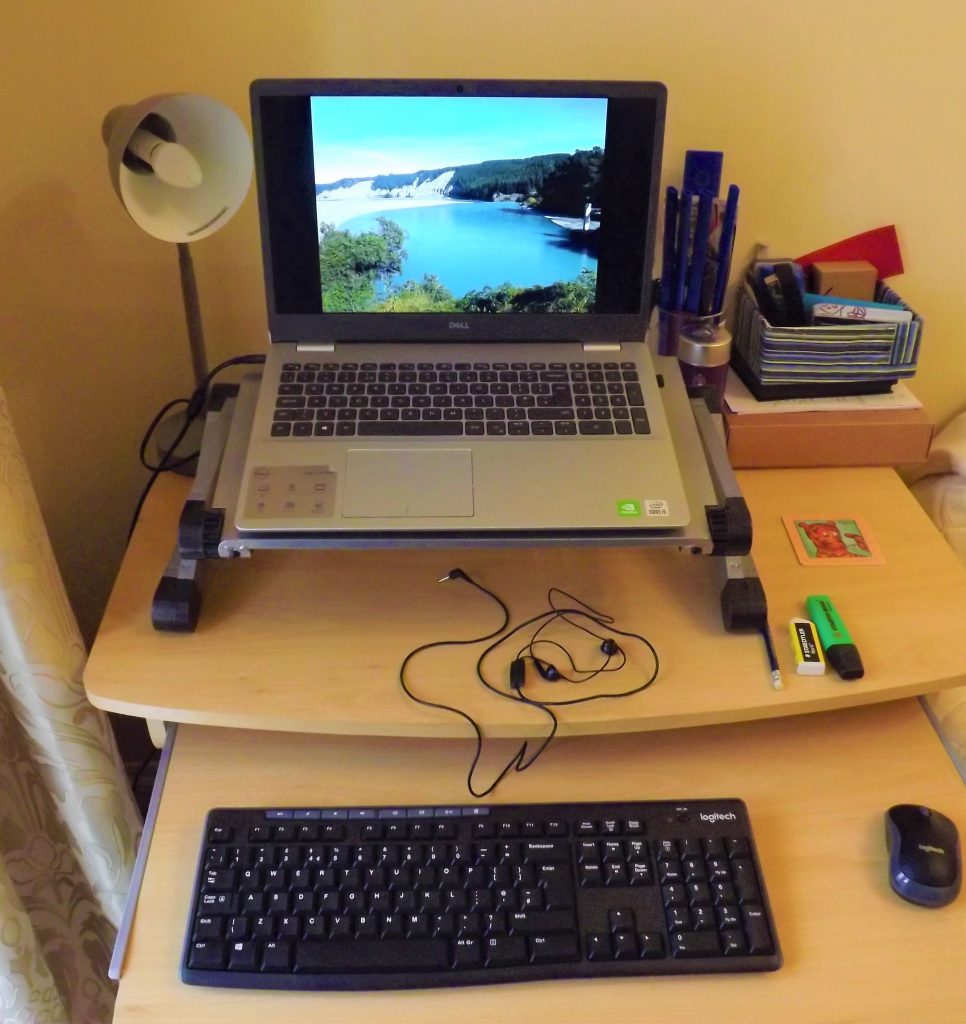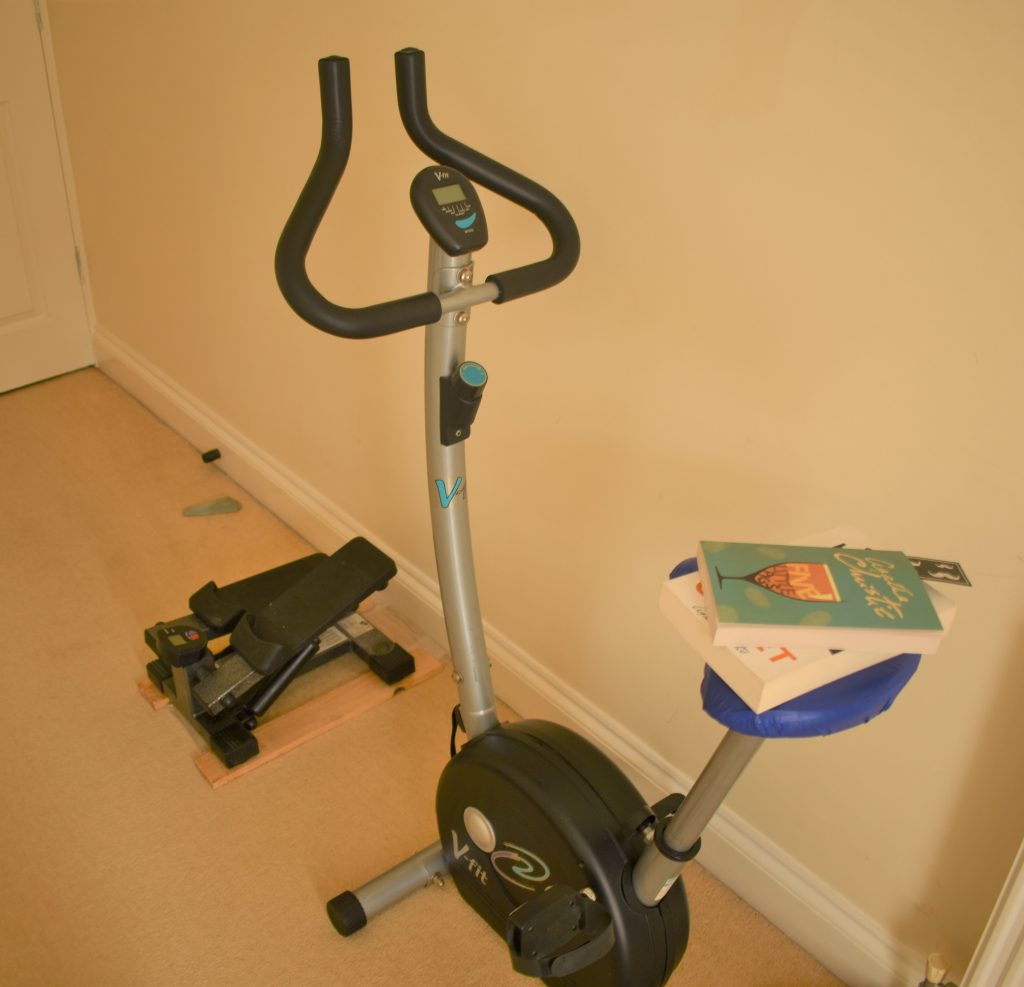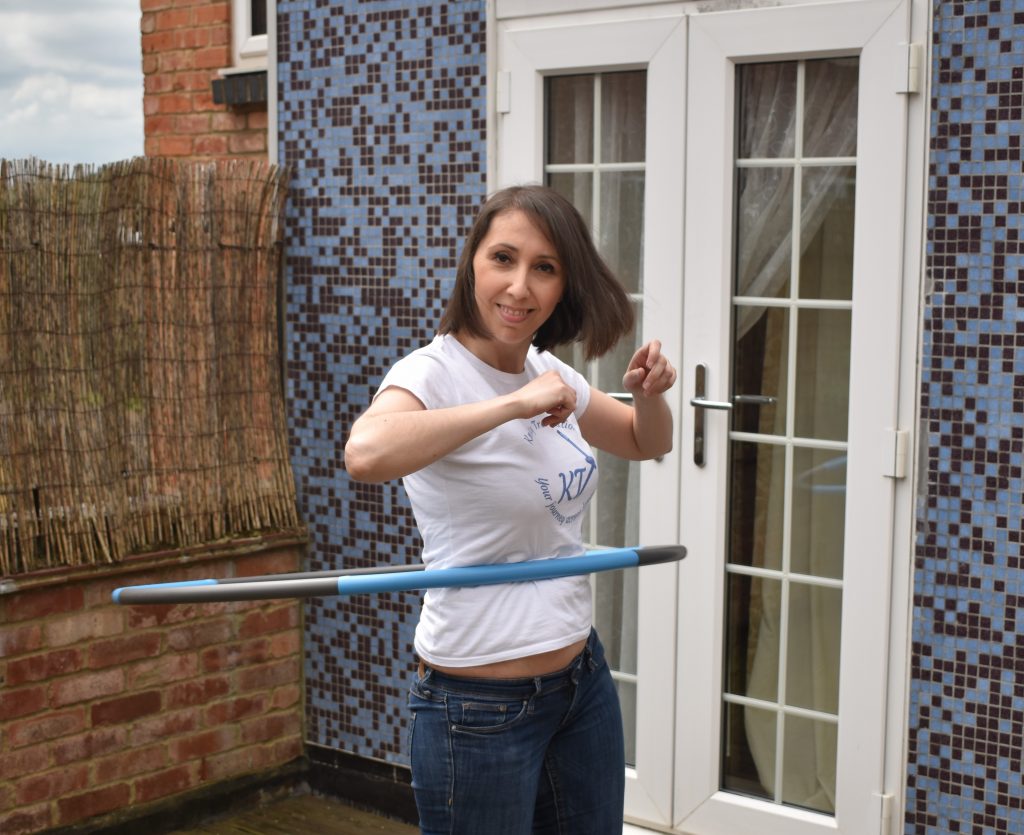If you have read my previous post, you probably know that I have a part-time office job alongside studying for my Masters at Birmingham. I work in the afternoon; I am not a morning person at all! Initially I was afraid that I would just waste the whole morning. It took a while to work out a routine that gave me enough time for the rest of my activities. So here is my personal recipe for studying and working from home.
Before I signed up for the MA, I enrolled in some online courses to see if I could be consistent with a routine. I had good results, but none of the courses compared to the MA programme in terms of workload. After starting in October, I had to keep adapting to see what really worked for me. I think I’ve now reached a good balance, especially considering my flat is my study and workplace at the moment.
Setting boundaries
Most of the changes and decisions I mention will sound familiar to most of you who study and work from home. The first thing I had to do was to set boundaries. I need more silence and less distractions to study and translate, which is why I wanted a separate room for that. There are only two bedrooms in my flat and the study also doubles as a guest room. But you can easily imagine that the pandemic has made that no longer an issue.
Studying and working from home means that I also need a space for my work computer. That was the most complicated logistical decision. Although it is not ideal, in the afternoon I set up the workstation on the living room table. That way, work and study happen in different physical spaces, which helps me make the mental switch as well. As soon as my shift finishes, it all gets turned off and relegated to a corner of the room so it doesn’t impact on my free time.

Another thing that might sound familiar to many is trying to exercise at home. I am not a big fan of exercising and the only form of activity I really enjoy is swimming. Although one of my biggest dreams has always been to have a private pool, they are not that common in Northampton.
Exercise
A few years ago, I was living in a small village with hardly any public transport and no swimming pools nearby. In a moment of wisdom, I created my little gym at home and bought a static bike and stepper. They have been a pain to move from flat to flat, but I am glad I kept them.

When I was commuting to work, I had to walk 20-25 minutes each way but, all of a sudden, that commute was reduced to a walk down the corridor. Having a few bits of gym equipment at home helped me keep active during the pandemic.
I don’t have a strict schedule that I respect no matter what, but I try to be consistent. I’m usually ready to start my day at 7:30 after having had my breakfast. I dedicate 30 to 45 minutes to exercising and reading. This might sound strange, but I find that exercise time goes a lot faster if I read while on the bike or stepper. I’ve recently got a hula hoop to add to my exercise routine, but I haven’t mastered the technique of reading at the same time… yet!

My working day
After that, I have a quick shower and I get ready. I initially fell into the trap of working in my pyjamas because I was spending the whole day at home, but it was affecting my productivity. My brain was associating pyjamas and stay-at-home clothes with free time and I was struggling to focus. I followed the suggestion of several fellow translators who work at home full-time, and I started getting ready as if I were to go out to the office. It made a big difference, it’s incredible how little changes like that can make a big difference for our brains.
I am usually ready for my study morning between 8:30 and 8:45. Then I go on until 11:30-11:45, to allow at least 45 minutes for lunch before the office shift. During the morning, I try to limit my distractions and I leave my phone on mute. Many people use the Pomodoro Technique to organise their time, but I prefer longer study sessions.
Usually I set a timer for 45 or 50 minutes with small breaks in between. I don’t really time the breaks as I found that it makes me more nervous; I don’t relax if I am waiting for the alarm to ring. Usually I check the phone, reply to messages, have a walk around the house and a drink or a snack.
Unless there is a deadline looming, I try to keep evenings and weekends free for walks and any other leisure activities that allow me to switch off completely. And you, do you have a routine that works for you to combine studying and working from home? I’d love to get some ideas that I might use myself!
Emma has studied foreign languages in Italy, where she is from, and translation and interpreting in Spain. She is studying the MA in Translation Studies at Birmingham as a distance-learning student.
